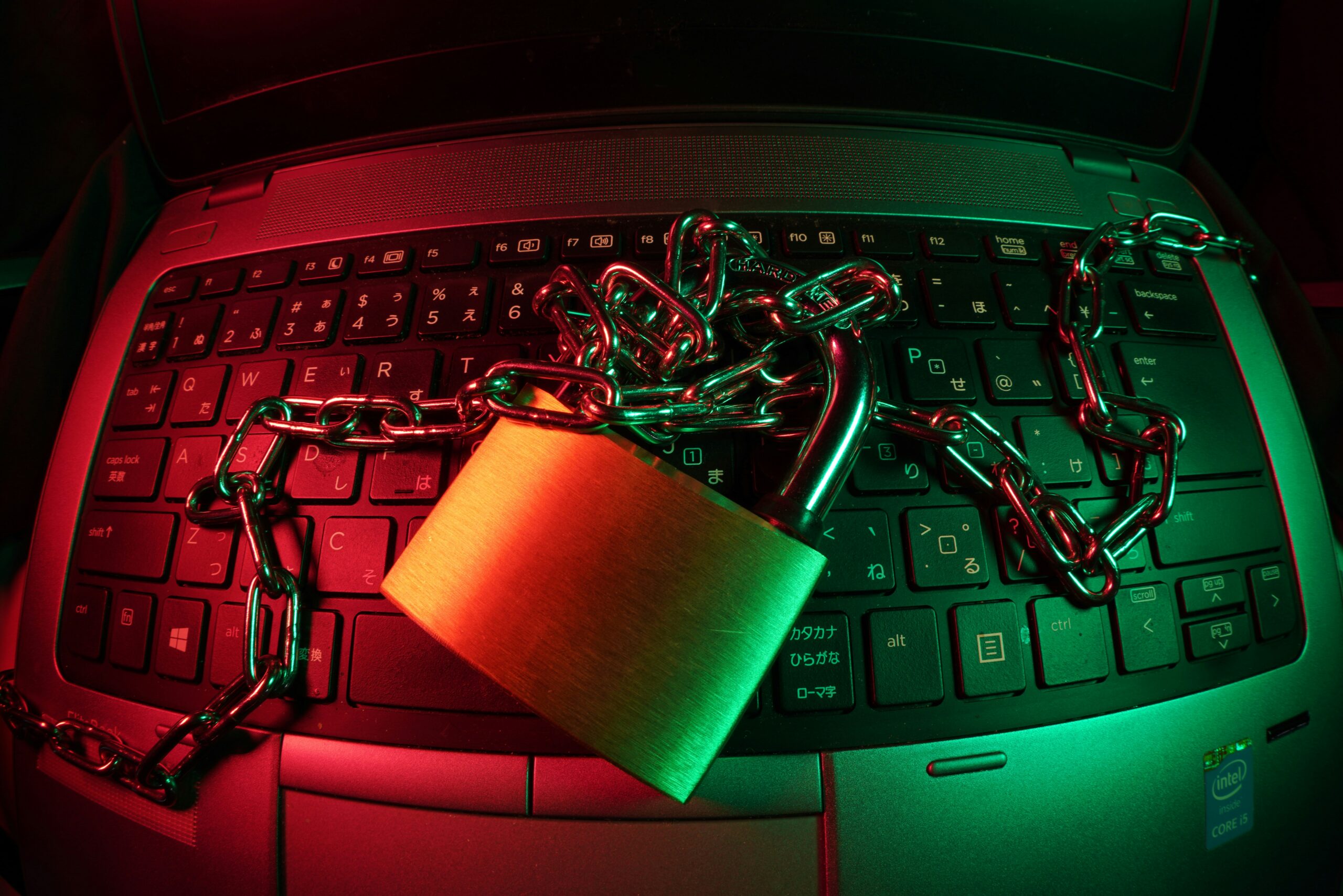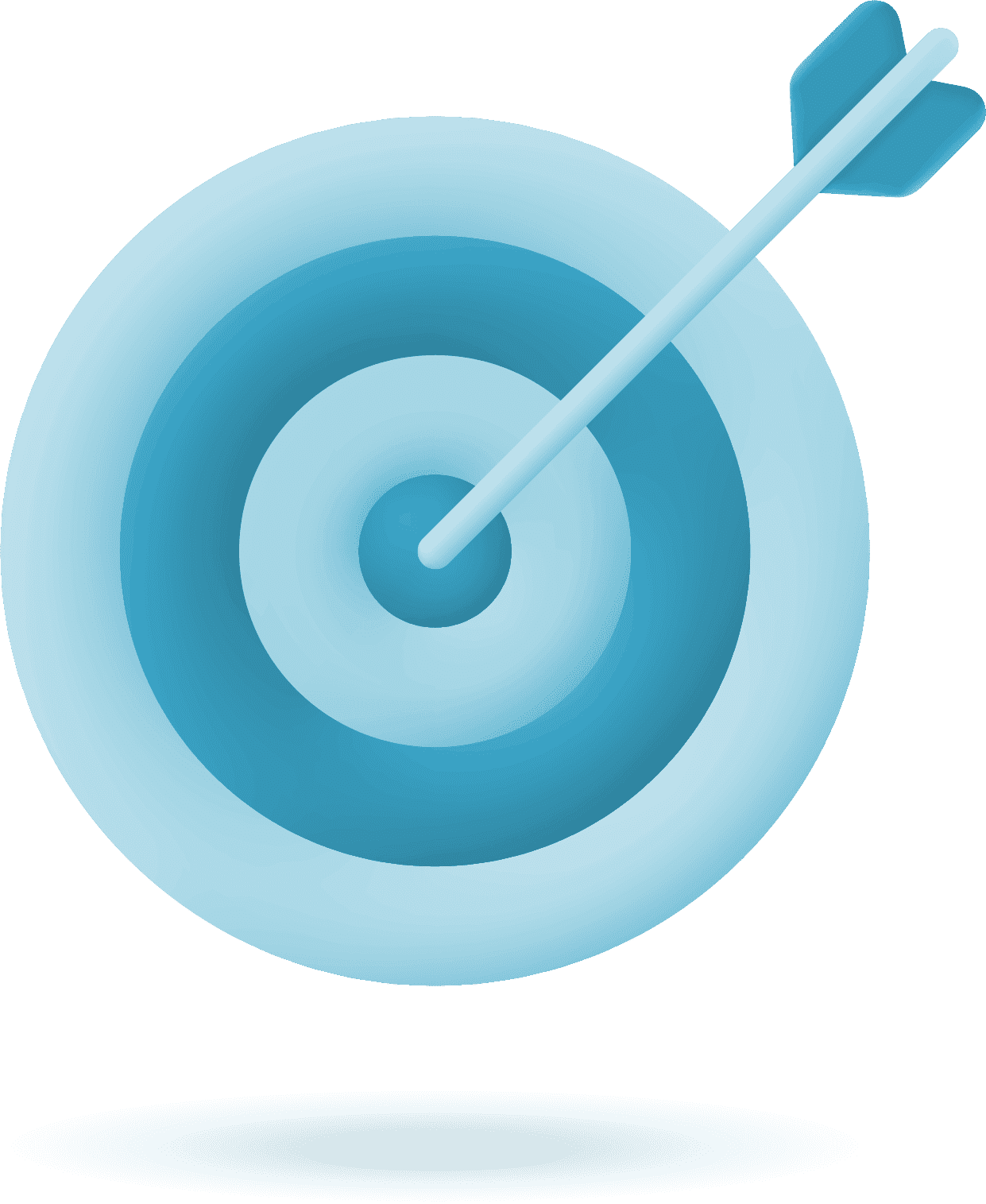
Recently, a junior doctor in London discovered that online criminals exploited her identity and used her details to open a mobile phone account in 2023. She failed to secure her online identity and left too much personal information available publicly. They found her full name, date of birth and an outdated address and bypassed online verification measures because it didn’t require a photo ID. They then racked up a default termination fee which negatively affected her credit score and jeopardized her ability to secure a mortgage. What followed was months of frustrating interactions with customer service reps. The provider initially dismissed her identity theft claim and instead insisted that she was responsible for the debt. Outside intervention eventually forced the provider to reopen the case. In the end, the provider waived the debt, offered compensation, and corrected the victim’s credit report. Enabling her to move forward with her home-buying plans.
Although this case ended happily after months of turmoil, many victims face years of struggle after similar incidents. I believe this underscores the importance of being proactive to secure one’s online identity. Rather than waiting until damage occurs and then seeking expensive, stressful solutions to potentially traumatic problems.
What even is my Online Identity?

Your Online identity is the digital persona that you create and maintain through your online activities. It goes beyond your social media profiles or any sort of content you post in the communities you interact with. Your online identity is as multifaceted as your offline identity and, like your offline identity, is fluid and ever evolving. It grows as you add more interactions with friends, acquaintances and strangers alike in the digital world.
This identity contains things like your personal information, which includes your name, date of birth, address, phone numbers and emails. Your usernames, avatars, and every unique identifier actively define your online identity and shape how others perceive you.. Social media profiles and activity, which includes posts, likes, shares and connections on platforms like Facebook, X, LinkedIn, Instagram, TikTok and many others. Your online content contributions—blog posts, reviews, forum posts, and comments—actively build your digital persona. Websites and advertisers actively collect your transactional records—such as your online purchase history and financial activity—to form part of your digital identity. They also track your digital footprint, including your browsing and search histories, stored cookies, and even metadata attached to your uploads, using this information to build a comprehensive profile of your habits and preferences.
How can my online identity be compromised?

Your online identity is considered compromised when an unautorized individual gains access to it, or when authorized access is used for a purpose other than the one you intended. Criminals compromise online identities using a host of methods. For example, they launch phishing attacks by sending fraudulent emails or messages that mimic communications from trusted sources. Data breaches; when an organization suffers a breach that exposes information stored with them to potential criminals. Attackers also deploy malware and spyware—malicious software designed to infiltrate your device and data when downloaded. This software enables them to steal personal information, monitor your online activities, or even remotely control your device. Unsafe internet connections; public and unsecured Wi-Fi networks carry the possibility of exposing whatever data you send over them to interception by cybercriminals, and a myriad of other ways.
Bad actors targeting individuals can exploit a single point of failure—like sharing sensitive information on social media or succumbing to a phishing attack—to trigger a chain reaction of breaches. One incident often sparks another, leaving victims to suffer significant financial, reputational, and emotional losses. Alarmingly, hackers sometimes exploit breaches that occur through no fault of the victim, such as when a large data aggregator exposes millions of personal records. To counter this alarming trend, I urge you to adopt robust online security habits. Strengthening your online defenses not only makes it harder for hackers to attack you directly but also limits the damage when breaches occur elsewhere.
Okay so how do I protect my online identity?

Securing your identity is crucial, and you can protect it by adopting several practical strategies. The following are simple steps you can take right now to improve your security online;
Use Strong and Unique Passwords
Secure your online identity by using a strong and unique password for every account. A strong password is one that contains at least 12 characters (more is better), and a mix of uppercase and lowercase letters as well as numbers and special characters. You might think this advice is basic or played out because of how often you’ve heard it but did you know that every character you add to a password makes it exponentially harder to guess, and the effect from mixing uppercase and lowercase letters with numbers and special characters compounds this benefit. A phrase like “iRONmIKEdid1000jumpingjack$aDAY” is both easy to remember and nearly impossible to guess (please do not use that exact phrase for one of your passwords).
Create a unique password for every account. Using the same password on multiple accounts heightens your risk. If a hacker breaches one account, they can quickly access all other accounts that share that password. If remembering multiple passwords is a problem for you then consider investing in a password manager. Becausee they not only generate unique passwords that are impossible to guess but also store them securely as well.
Enable 2-Factor Authentication
Enable 2-Factor Authentication on all accounts that allow you to. Authenticator applications create a failsafe by requiring extra confirmation before allowing any login. This protects your accounts even if a password is compromised. I recommend apps like Google Authenticator or Authy over SMS, since attackers can port mobile numbers to bypass SMS-based 2FA.
Keep Software up to Date
Ensure you keep software up to date on all your devices. This means that the latest security patches are always installed as soon as they are available. This is important because they contain measures to counter new cyberthreats that spring up. And you should only connect to the internet on secure networks. To secure your online identity, avoid open public Wi-Fi and ensure your home networks are secured with strong passwords (hello password manager) and the latest available encryption standards.
Safeguard Private Information
Regularly review privacy settings on all online accounts. Ensure no personal information, like your birthdate or address is publicly visible or accessible to third parties. Take this further by regularly searching your name and looking through your online profiles from the lens of an outsider. This helps you see what information is publicly visible to ensure you haven’t inadvertently shared sensitive information. Building on the previous point, you should take care with the information you share online on purpose. Things like your pets’ names or information about your close family that may be answers to security questions.
Background elements in photos like street signs or landmarks reveal your location and give clues about your address to strangers. And any patterns like posting from certain locations at regular times can help people with nefarious intentions draw a comprehensive map of where you go and what you do by aggregating all this seemingly trivial information and they may then use the results to try to do you some form of harm, attacking you physically or in cyberspace. Should you need to share sensitive information online, ensure you use secure and encrypted communication channels. Things like the Signal app as an alternative to regular text messaging and secure email options like ProtonMail.
Avoid sending personal information over unencrypted channels wherever possible. When not possible, ensure you are sharing information only with trusted websites and services. In addition, you should consider setting up a google alert for your name and other personal information. This way you’re immediately notified if any of your data appears online unexpectedly. Regularly audit your online accounts and delete those that you no longer need. And revoke access for any service that no longer requires your personal information.
Avoid Phishing Scams
Be wary of phishing attempts. Most breaches of private accounts are as result of successful phishing scams. You cannot have a secure online identity without knowledge of avoiding phishing. Messages that use urgent language to prompt immediate action—like clicking a link or sharing sensitive information—should raise suspicion. Protect yourself by practicing safe browsing habits. Like manually type in URLs to avoid spoofed sites. And always checking for “https://” instead of “http://” since the extra “s” adds an essential layer of security. Also to avoid exposing yourself to malware, avoid downloading applications and files from untrusted sources. Ensure you have an antivirus that you keep up to date. And stay away from pirating software or media. This is a common way for criminals to infect your computers with spyware, malware, bloatware and viruses.
Finally
The evolution of digital communication and the ever increasing degree of global interconnectedness has transformed every aspect of our lives. But, it has also brought about critical challenges regarding online security. As technology continues to advance, safeguarding your data and protecting your privacy has become more important than ever. Cyber criminals continue to dream up novel ways to threaten this security. And this necessitates anticipatory measures to ensure your identity and data remains safe and secure. In summary, use strong passwords, enable 2FA, keep software up to date, review privacy settings and regularly audit your online accounts for potential breach points. These are straightforward steps and that you can take and simple habits you can start developing today that greatly reduce your risk of exposure in today’s digital world.
Read this next to learn how to deal with your website getting hacked



